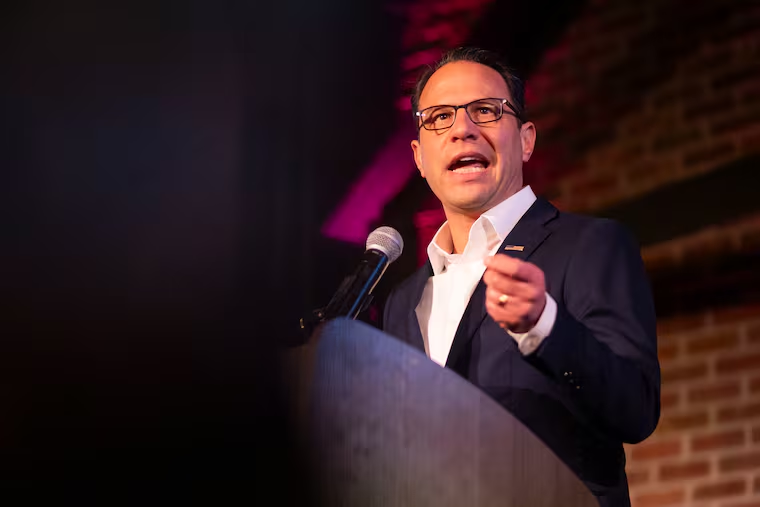Trump team’s 0 million investment in outdated vaccine technology raises questions among scientists.
The Trump administration’s recent allocation of 0 million for the development of a universal flu vaccine has raised eyebrows among experts in vaccine research and pandemic preparedness. This substantial financial commitment has sparked concerns regarding the scientific rationale behind the chosen project, which appears to be in its nascent stages and is founded on outdated technology. Stakeholders note that this initiative is just one among over 200 similar efforts currently being pursued globally.
The funding, diverted from a pandemic preparedness fund to a vaccine development program, has drawn scrutiny due to the administration’s decision to entrust the project to scientists who were recently appointed to senior roles at the National Institutes of Health (NIH). This move has led to questions regarding potential conflicts of interest and a perceived lack of transparency in decision-making processes.
Some experts have expressed cautious optimism about the initiative; however, they lament the focus on a singular vaccine candidate, likening it to placing all bets on a single horse in a race. Traditional practice in scientific funding advocates for diversifying investments across multiple candidates to mitigate risks, especially given the uncertainties inherent in vaccine development.
The team leading this project, based at the National Institute for Allergy and Infectious Diseases, is headed by Jeffery Taubenberger and Matthew Memoli. Taubenberger gained recognition for his work in sequencing the genome of the 1918 influenza virus, but critics point out that the technology employed in the current vaccine development resembles techniques that were primarily phased out decades ago due to concerns about safety and efficacy.
The announcement framed the initiative as a “Generation Gold Standard” of vaccine development, asserting that it represents a shift toward greater transparency and preparedness. Despite these claims, the viability of developing a universally protective flu vaccine is not a new concept; significant efforts have been made since 2019 under the direction of former NIAID Director Anthony Fauci. These initiatives are now joined by numerous advanced vaccine programs employing modern methodologies, many of which have progressed further in human trials than the Taubenberger approach.
Health officials have emphasized the need for robust and secure funding streams to back innovative vaccine technologies. Concerns have emerged that this redirection of funds may detract from concurrent efforts addressing COVID-19, particularly in light of the ongoing evolution of the virus and its variants. The choice to engage with traditional vaccine methodologies has prompted mixed reactions, with some experts urging a return to contemporary platforms capable of providing enhanced safety and immune response.
As the scientific community scrutinizes this significant investment, it remains to be seen how the Taubenberger vaccine will progress and what implications this funding decision will hold for future public health initiatives. The potential ramifications for existing projects under organizations like BARDA and the direction of pandemic preparedness funding remain critical areas of discussion amid this evolving scenario in vaccine development.
Media News Source







